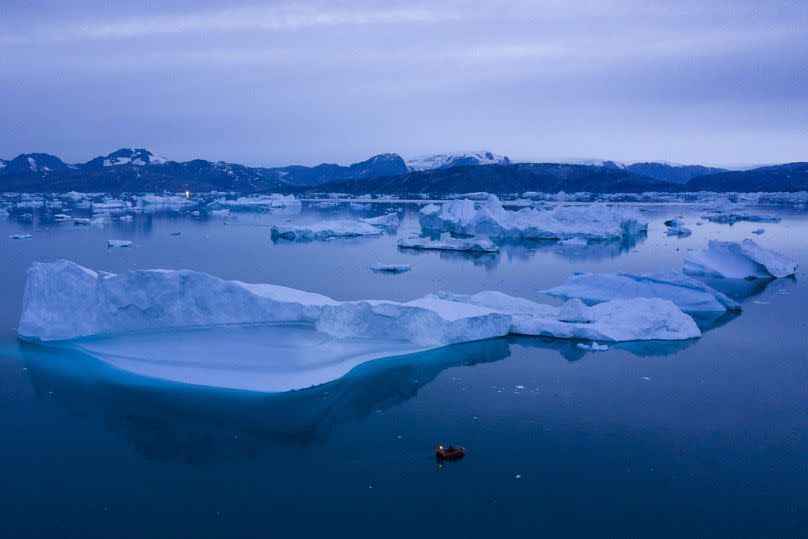Days are getting longer as Earth spins more slowly and climate change may be to blame

Melting ice caps may have a bigger influence on the length of a day than previously thought, new research has found.
This human-caused consequence of climate change is slowing the speed at which the Earth rotates, increasing the length of a day.
It amounts to just a few milliseconds but it could have significant impacts in our modern, high-tech world as many of the computer systems we use every day rely on very precise atomic clocks.
And, researchers say, it shows climate change could have a much bigger impact on the Earth’s spin than initially thought.
How are melting ice caps making days longer?
The speed at which the Earth rotates dictates exactly how long a day is. The slower it turns, the longer a day is.
This is influenced by a complicated mesh of different factors which include the gravitational pull of the moon on our oceans and land.
Four people die due to extreme heat in Italy: Who is most at risk when hot weather strikes Europe?
Calima, Scirocco, Simoom: UN vows to tackle deadly Sahara sand storms with decade of action
For millennia, the moon has been the dominating factor, adding a few milliseconds to a day per century. It pulls on Earth, causing oceans to bulge towards it gradually slowing the spin of the planet.
Previous research has found that human-caused climate change is also having an impact. As the Greenland and Antarctic ice sheets melt due to global warming, this water is redistributed from the poles of the planet to oceans closer to the equator. This changes the shape of Earth, flattening the poles and making it fatter in the middle which slows its rotation.

“It’s like when a figure skater does a pirouette, first holding her arms close to her body and then stretching them out,” says Benedikt Soja, study author and professor of space geodesy ETH Zurich.
If humans continue to burn more fossil fuels and the Earth warms up accordingly, however, this would ultimately have a greater influence on the Earth’s rotational speed than the effect of the moon. Climate change could become the dominating factor, the research shows.
“We humans have a greater impact on our planet than we realise,” Soja explains, “and this naturally places greater responsibility on us for the future of the planet.”
How much longer are our days becoming?
The study, carried out by researchers from ETH Zurich University in Switzerland and supported by NASA, is the most comprehensive modelling carried out so far. Over a 200-year period between 1900 and 2100, they used observational data and climate models to work out how global warming has affected day length and what it will do in the future.
During the 20th century, sea level rise meant day length varied between 0.3 and 1 milliseconds.
Could climate change give penguins cataracts? Scientists investigate impact of longer ozone holes
‘A chance to act’: Researchers say it isn’t too late to save Greenland’s ice sheet
But during the last two decades they found that 1.33 milliseconds were being added per century - “significantly higher than at any time in the 20th century,” the report says.
If greenhouse gas emissions continue to go up, as they will until we stop burning fossil fuels, ice loss continues to accelerate and oceans warm even further, the length of a day could increase by 2.62 milliseconds by the end of the century. This would mean that it had overtaken the influence of the moon to become the dominant force.

